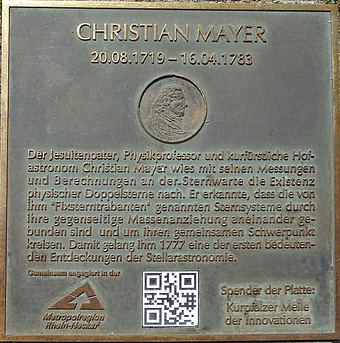Double stars
Christian Mayer (1719 - 1783)
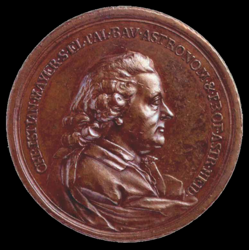
Christian Mayer was born on August 20, 1719 in Mederitz near Brno in Moravia, today Czech Republic. He is educated at the Jesuit colleges of Olomouc, Tyrnau and Vienna and studies ancient languages, philosophy, mathematics and theology at the universities of Brno, Vienna and Rome. This broad education in different subjects is common at that time.
In 1741 he became a Master of Philosophy at the University of Würzburg and continued his theological studies. After receiving his doctorate, he joined the Jesuit order in September 1745 and taught ancient languages and mathematics in Aschaffenburg. The young novice spends his nights observing the stars. Already during his school years in Tyrnau, where the Jesuits maintained an observatory, Christian, who was considered to be inquisitive, probably acquired his first astronomical knowledge.
After taking his vows, Mayer was ordained priest in 1750. From 1751 he worked at the University of Heidelberg as a professor of philosophy. Only one year later, at the suggestion of the court confessor, he moved to the first chair of experimental physics established by Elector Carl Theodor.
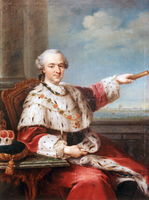
At the time of Carl Theodor , the supply of drinking water in Mannheim was completely inadequate, not to say catastrophic. The Elector therefore commissioned Prof. Mayer to look at the exemplary water supply in Paris. In September 1757, Mayer traveled to Paris and had the waterworks and pipeline networks shown to him. However, the implementation of the memorandum for the improvement of the drinking water supply, which he provided with descriptions and drawings, failed due to the reservations of the court architect Pigage, and the people of Mannheim had to wait many more years for a water supply.
Nevertheless, his stay in Paris was to gain great importance, because there he met the important astronomers César Francois Cassini de Thury, Nicolas-Louis de Lacaille and Joseph Jerôme de Lalande and learned how to use astronomical and geodetic instruments. At the latest now his passion for astronomy is awakened.
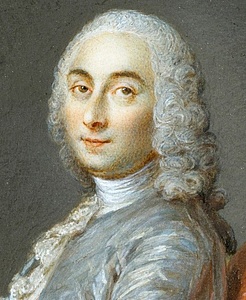
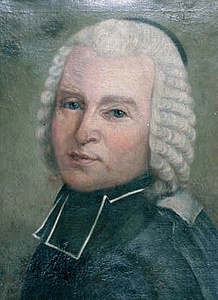
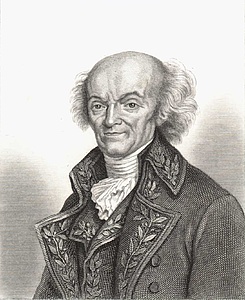
Instead of traveling on to Marseille as planned, Mayer preferred to buy a pendulum clock with his remaining travel money and ordered a protractor from the instrument maker Canivet, with which the meridian passages and culmination heights of celestial bodies could be measured. In the fall of 1758, the quadrant arrived in Heidelberg, and Mayer was able to use it the following year to observe the return of the "Great Comet" announced by Edmond Halley.
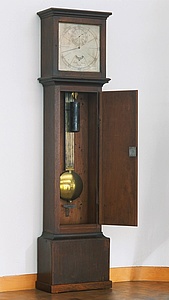
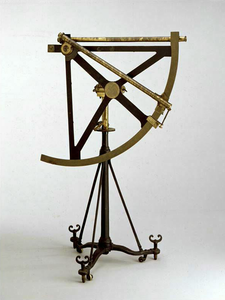
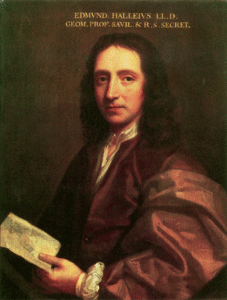
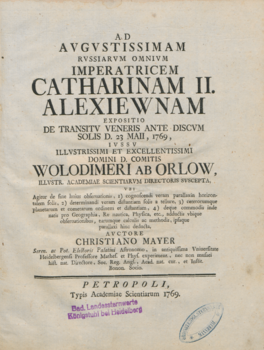
The Elector, who is not only devoted to the arts but also to the sciences, is delighted with the novel squares and agrees to set up an observation platform for Mayer on the roof of his summer residence in Schwetzingen. In the early morning of June 6, 1761, Mayer and the Elector want to observe the eagerly awaited transit of Venus in the Schwetzingen palace garden. Unfortunately, however, it is rather foggy, so that the rare celestial event remains hidden from them.
It is not until a month later that the "observation building" on the palace roof is completed. The dome, about 3.25 m in diameter, houses the quadrant and also the pendulum clock. With his observations on this mini observatory Mayer achieves remarkable results, which he publishes all over Europe. He soon becomes well known and enjoys an excellent reputation among experts. In recognition of his scientific achievements, the Elector appointed him court astronomer in August 1763. From the small observation platform, Mayer and the Elector observe the partial solar eclipse of August 16, 1765.
Another transit of Venus is predicted for June 1769. However, this one is visible from western Central Europe only shortly before sunset for a few minutes. Mayer therefore gladly accepts the invitation of the Imperial Russian Academy of Sciences to come to Petersburg as "observator principalis" for observation. He travels to Amsterdam, crosses northern Germany to Lübeck and arrives in Petersburg after a ten-week journey at the end of May. Mayer publishes an extensive paper about the transit of Venus on June 3, 1769.
The priest stays in Petersburg for another year and in August he is also able to observe a comet discovered shortly before by the French astronomer Charles Messier. On his return journey, Mayer comes to Helsinki, Stockholm, Copenhagen, Lübeck, Hamburg and Göttingen and visits the observatories there.
Back in Schwetzingen, he finds the cramped, small observing platform very unsatisfactory. The pavilion at Mannheim Castle proves to be just as unsuitable for setting up a proper observing station as the tower of the Jesuit College. In 1771, Mayer wrote an extensive memorandum in which he advocated the construction of an observatory in Mannheim. Due to his many publications, Mayer enjoys a high reputation among experts and soon ranks among the best-known astronomers. The success of his professor fills Carl Theodor with pride, because it also increases his electoral fame. Therefore, he agrees to the construction of the observatory, which is all the easier for him because the Jesuit order bears a substantial part of the construction costs.
The artillery lieutenant Johann Lacher made the design, the original of which is still preserved today. The construction management is assigned to the court architect Franz Wilhelm Rabaliatti, who had already been involved in the construction of the Jesuit church. Together with Rabaliatti, the ambitious Mayer fine-tuned the plans. His observatory was to be more perfect and more beautiful than any other. On October 1, 1722, the foundation stone for the octagonal tower building was laid on the fortress rampart, directly next to the Jesuits' property.
Mayer not only dedicates himself to the construction of the observatory and astronomy, but also uses his Canivet quadrant for the exact mapping of the Palatinate. The maps of that time are neatly engraved and also nicely colored, but very inaccurate. They correspond only slightly with reality. Mayer now begins to make an exact map of the Palatinate with the help of "triangulation", the triangular survey, which he learned from his friend Cassini de Thury. In this method, which is still used today, the area to be surveyed is divided into a network of triangles. Once the length of one side of the triangle, the base, is known and the angles measured with the quadrant, all other distances can be calculated.
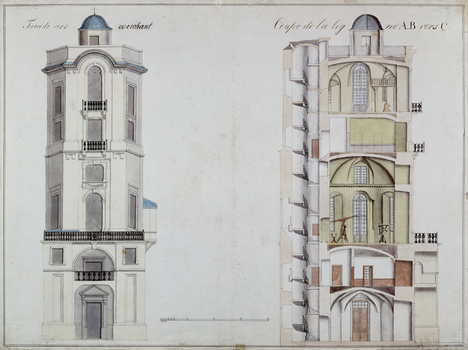
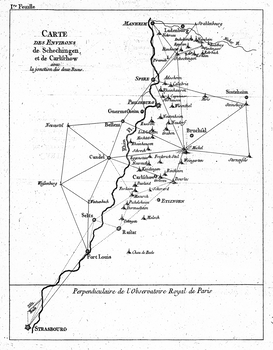
As a basis, Mayer measures with a "toisenstab", an old French unit of measurement, also purchased from Canivet, the 12,363.5 m long route starting near Ketsch, leading through the main avenue of the Schwetzingen Palace Garden and ending shortly before Heidelberg. After several years of measurements, Mayer was able to present the none Palatinate map to the Elector in January 1773. The large Palatinate map, the famous "Charta Palatina," followed a year later.

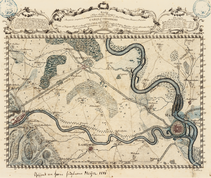
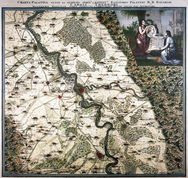
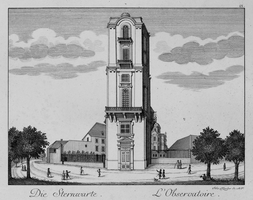
In December 1774, the 33 m high tower of the observatory is completed after two years of construction and considerably exceeded construction costs. (The five floors resting on brick vaulted ceilings house two instrument rooms, a library, Mayer's apartment and also a guest room. In the rectangular annex, a spiral staircase of sandstone leads up to the flat roof, in the center of which is a little house with a dome. The three entrance doors are made of solid oak.
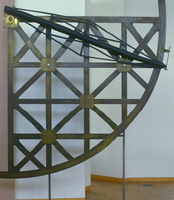
It goes without saying that the observatory is equipped with the best instruments available at the time. Among them was a wall quadrant weighing about 9 hundredweight with a radius of 2.5 m, which Mayer ordered from the mechanic John Bird in London in February 1774. In January 1775, Mayer moved into his apartment at the observatory. Unfortunately, however, many of the instruments are still missing, so that Mayer still has to observe the Saturn occultation by the moon in February 1775 from Schwetzingen.
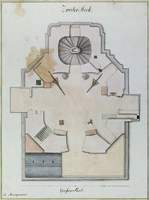
By January 26, 1776, the wall quadrant on the 2nd floor, aligned exactly with the meridian to the south, is mounted vertically on the wall. Now Mayer can measure the exact culmination altitude and position of the stars on the meridian and also their transit time. Only a few days later Mayer observes the occultation of the star Aldebaran by the moon.
Unfortunately, a fire that breaks out on the 4th floor of the observatory during a drinking party held in honor of Loyola, the founder of the order, on July 31, , destroys most of the valuable books in the library as well as handwritten records of Mayer's trip to Russia and many of his celestial observations.
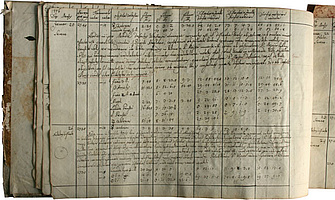
But Mayer is not discouraged, but continues his measurements with the wall quadrant. The conviction grows in him that many pairs of stars are not only visually close together in the sky, but are actually spatially adjacent and orbit each other. Don't the Earth and the Moon also move around each other under the influence of their mutual gravitational pull?
With the wall quadrant, Mayer can measure the tiny mutual displacements of the "fixed star satellites," as he calls them, and in this way discover more than 100 pairs of double stars and determine their position in just one and a half years. He is the first astronomer to recognize that the double stars are star systems that physically belong together and move in elliptical orbits around their common center of gravity under the influence of mutual mass attraction. Thus he succeeds in one of the first important discoveries of stellar astronomy.
In October 1777, the Mannheimer Zeitung reports about a lecture held by Mayer before the Electoral Academy of Sciences on his discovery "The Electoral Court Astronomer, Professor Mayer, accordingly read a Latin treatise on 100 newly noticed satellites of various fixed stars, which have been discovered here by him and his adjunct, Johann Mezger, since January 30 of the past year until the 14th of the now past autumn month. From the example of Arcturus and its satellite, as well as from other irrefutable reasons, it was proved at the same time that one could progress in the elucidation of the still so dark knowledge of the own motion of the fixed stars by means of such observations in 10 years further than by other up to now made hundred-year-old attempts".
The catalog published by Mayer in 1778 with his fundamental findings about the existence of physical double stars is not only recognized, but also meets with opposition. Mayer countered this in 1879 with his publication "Gründliche Vertheidigung neuer Beobachtungen von Fixsterntrabanten" and published a table with 72 double stars in 1780. Only in 1804 Friedrich Wilhelm Herschel delivers the undoubted proof. Today we know that about half of all stars in our galaxy belong to a double or even multiple star system.
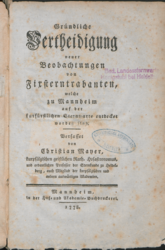
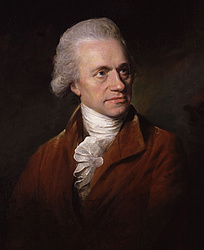
Mayer's observatory has become a landmark over time and attracts many visitors. The guest book, which still exists today, bears witness to this with many famous names. On November 16, 1778, Wolfgang Amadeus Mozart signed in as maître de musique. Mayer likes to take his guests up to the roof of his observatory himself. He also knows how to interest the population in astronomical phenomena by announcing upcoming celestial events in the daily papers.

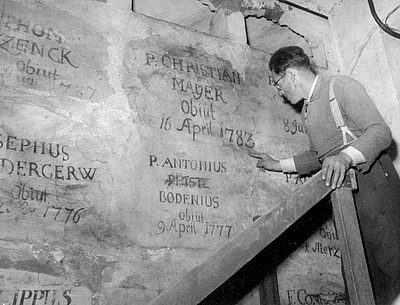
A significant event for the great scholar was the observation of the planet Uranus, discovered a few months earlier by Herschel, in November 1781. On April 16, 1783, Mayer died at the age of only 63. He finds his final resting place under the nave of the Jesuit Church, as indicated by a simple inscription on the wall. Elector Carl Theodor, who had to take over his Bavarian inheritance in Munich in 1778, has a commemorative medal made for his highly respected professor. It shows the only picture of Mayer that has survived.
Mayer's death marks the end of the observatory's brief heyday. His successor has to leave after a short time because he "makes the girls too happy". In 1880, the observatory is finally abandoned and Karlsruhe becomes the seat of the Grand Ducal Court Observatory. In 1898, it is united with Max Wolf's private observatory in Heidelberg to form the State Observatory on the Königstuhl. Together with the Max Planck Institute for Astronomy, the Astronomical Computing Center and the Institute for Theoretical Astrophysics, it is today one of the most important centers for astronomy worldwide.
Mayer's instruments as well as his observation books and notes from the period 1776 to 1779, can be admired in the Technoseum; his guest book is kept in the Landessternwarte Heidelberg.


